Best Quality Quinoa Seed for Eating and Farming - Dealers and Wholesalers | Latest Price
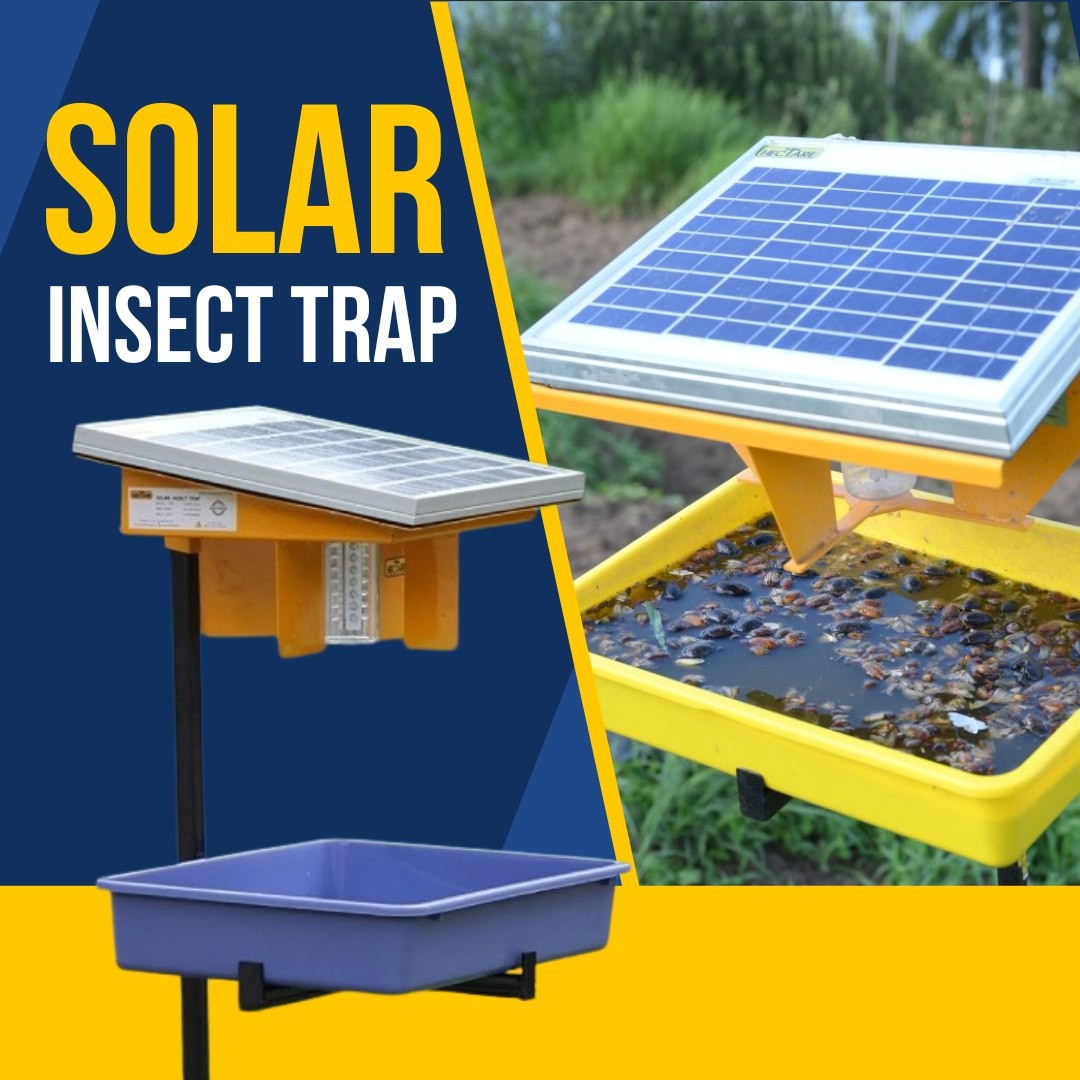
Solar Insect Trap For Agriculture - Mini Solar Insect killer 10W UV Light | Agriculture Mini Solar Insect Trap
Get Quote
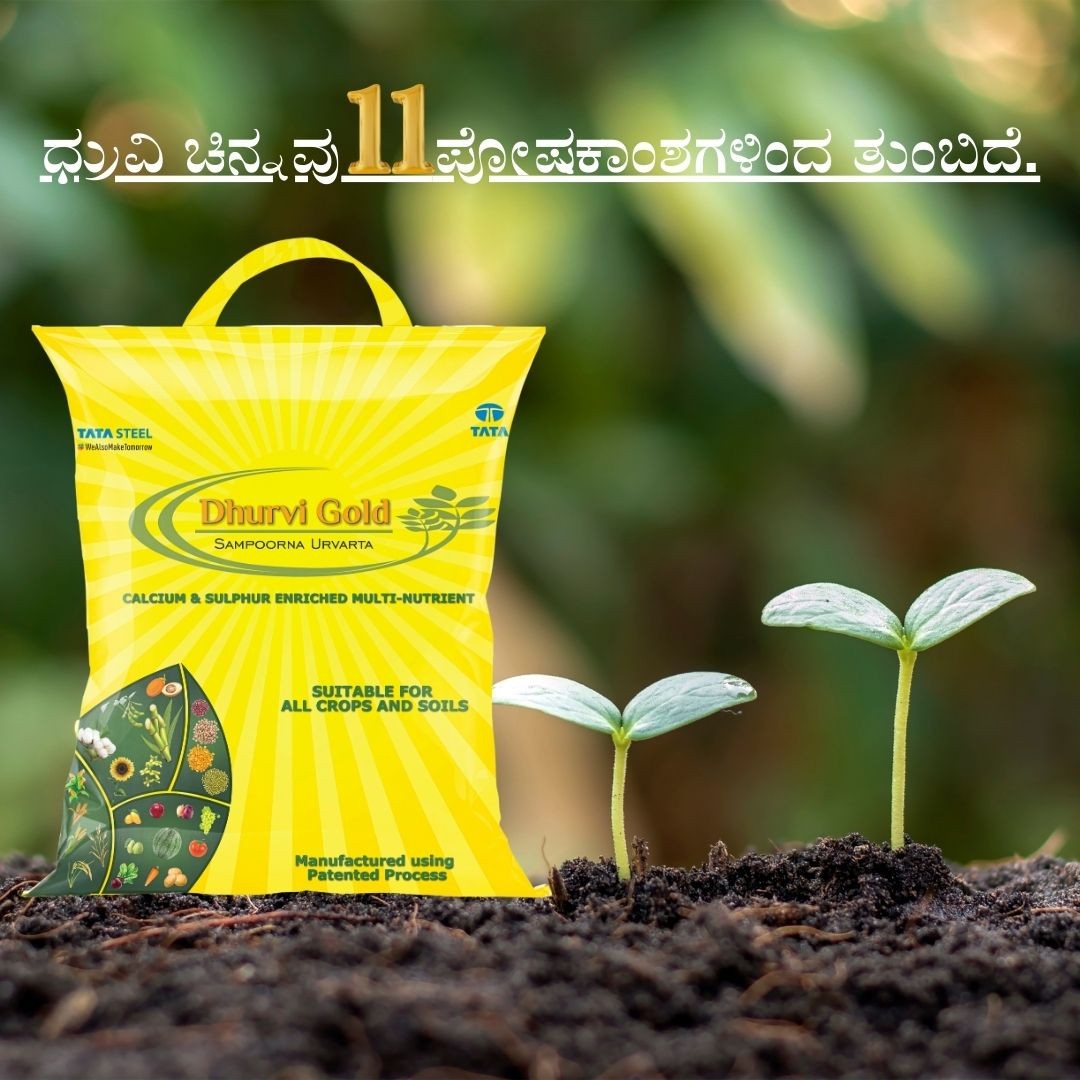
ಟಾಟಾ ಸ್ಟೀಲ್ ಧುರ್ವಿ ಚಿನ್ನ 5 ಕೆಜಿ | ಬಹು ಪೋಷಣೆ | ಮಣ್ಣಿನ ಕಂಡಿಷನರ್
Get Quote

టాటా స్టీల్ ధుర్వి గోల్డ్ 5 కిలోలు | బహుళ పోషణ | మట్టి కండీషనర్
Get Quote
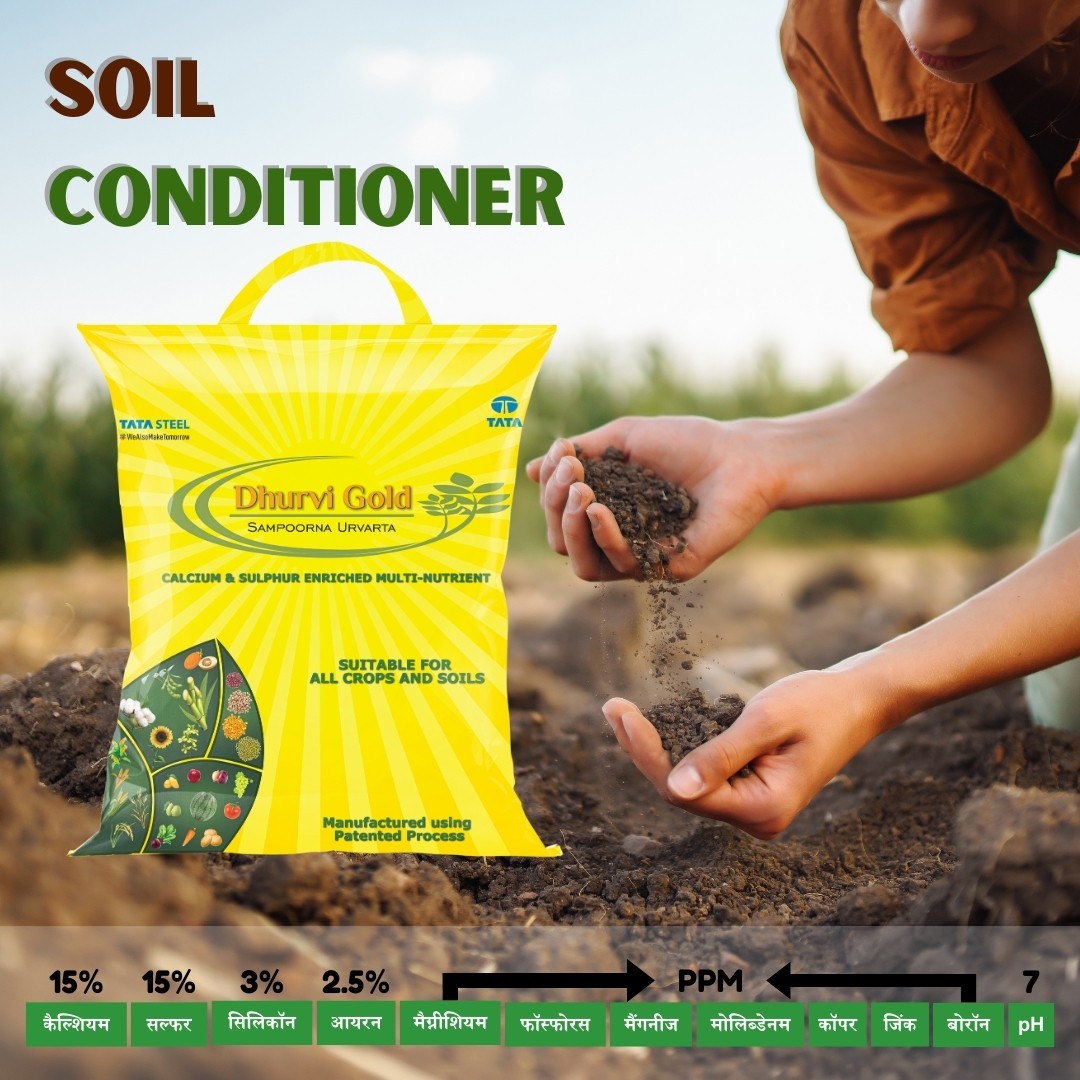
ટાટા સ્ટીલ ધુર્વી સોનું 5 કિલો | મલ્ટી ન્યુટ્રીશન | માટી કન્ડીશનર
Get Quote
Best Quality Quinoa Seed for Eating and Farming - Dealers and Wholesalers | Latest Price
Quinoa seeds are highly nutritious pseudo-cereal grains that have gained popularity worldwide due to their numerous health benefits and versatility in cooking. Here's some information about quinoa seeds for both consumption and farming:
Quinoa Seeds for Eating:
Nutritional Benefits: Quinoa seeds are rich in protein, containing all nine essential amino acids, making it a complete protein source. They are also high in dietary fiber, vitamins (such as B vitamins), minerals (including iron, magnesium, and zinc), and antioxidants.
Gluten-Free: Quinoa is naturally gluten-free, making it an excellent option for individuals with gluten intolerance or celiac disease.
Cooking: Quinoa seeds have a mild, nutty flavor and a slightly chewy texture when cooked. They can be used in a variety of dishes, including salads, soups, stir-fries, and as a substitute for rice or couscous. Quinoa can also be ground into flour for baking or used to make breakfast porridge.
Health Benefits: Incorporating quinoa into your diet may offer several health benefits, including improved heart health, better blood sugar control, and enhanced digestion. Quinoa is also associated with weight management and may help reduce the risk of certain chronic diseases.
Quinoa Farming:
Growing Conditions: Quinoa is a hardy crop that can thrive in diverse environments, including regions with poor soil quality, high altitudes, and limited water availability. It is typically grown as an annual crop and prefers well-drained sandy loam soils with a pH between 6 and 8.
Climate: Quinoa is tolerant of both cold and hot temperatures, but it requires cool nights and warm days for optimal growth. It is well-suited to regions with temperate climates, such as the Andean highlands in South America, where it originated.
Cultivation: Quinoa seeds are sown directly into the soil after the last frost date in spring. The crop requires adequate moisture during the germination and early growth stages but can tolerate dry conditions once established. Quinoa plants mature in about 90 to 120 days, depending on the variety and growing conditions.
Harvesting: Quinoa plants produce small, bead-like seeds that are ready for harvest when the seed heads turn from green to yellow or red and the leaves begin to dry out. The seeds are threshed and then washed to remove the bitter-tasting saponin coating before consumption.
Quinoa farming has gained popularity in various regions around the world, including North America, Europe, and Asia, as demand for this nutritious crop continues to grow. Farmers interested in cultivating quinoa should consider the specific growing requirements of the crop and select suitable varieties adapted to their local climate and soil conditions.
Customer Reviews
0
0 Reviews
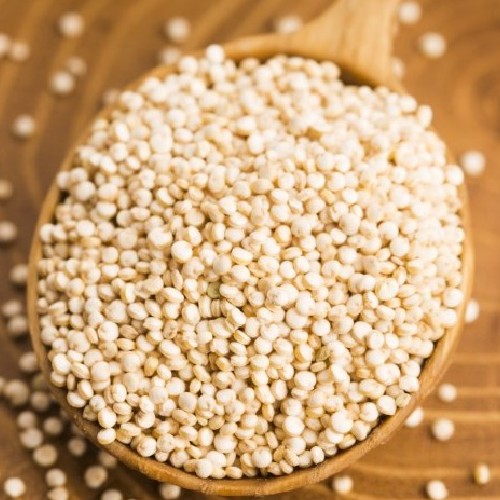
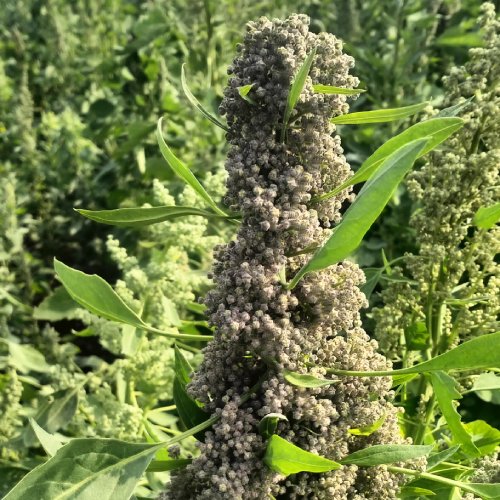
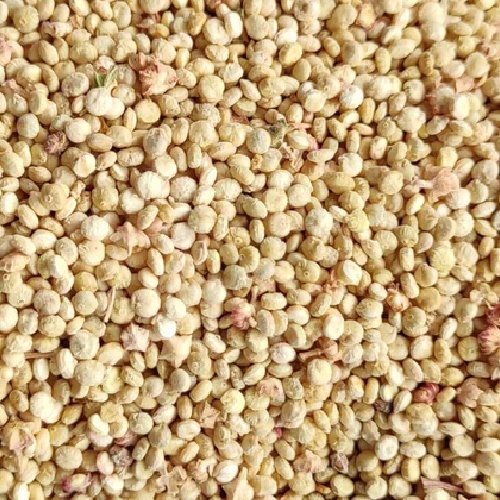
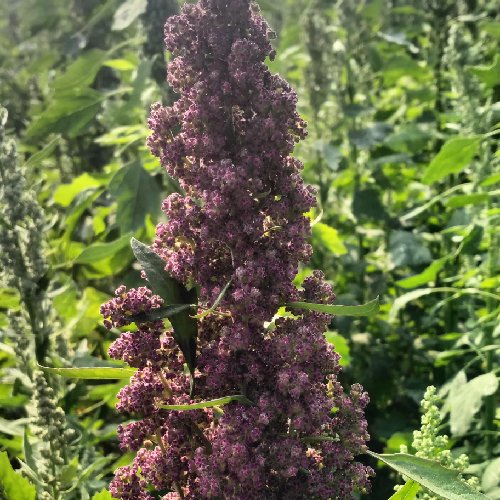
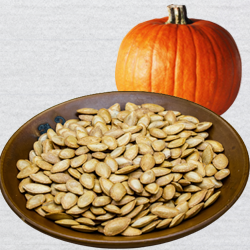 Vegetable Seeds
Vegetable Seeds 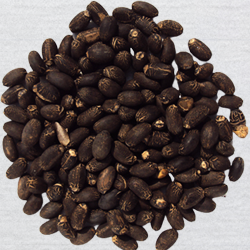 Herbal Seeds
Herbal Seeds 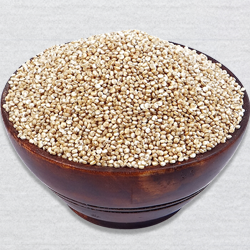 Quinoa Seeds
Quinoa Seeds 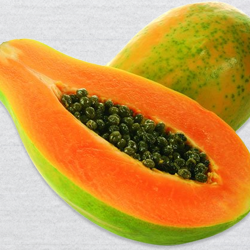 Fruit Seeds
Fruit Seeds 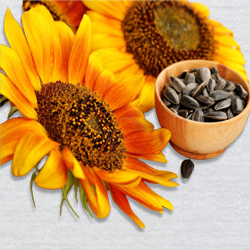 Flower Seeds
Flower Seeds 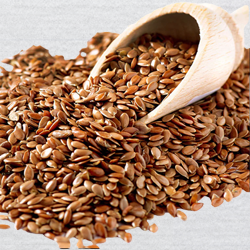 Flax Seeds
Flax Seeds 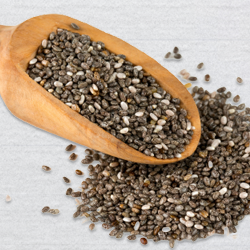 Chia Seeds
Chia Seeds 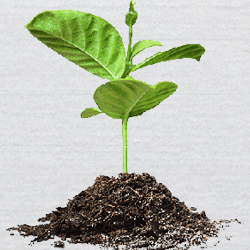 Plant Seeds
Plant Seeds 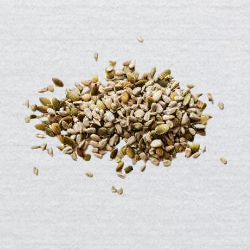 Grass Seeds
Grass Seeds 